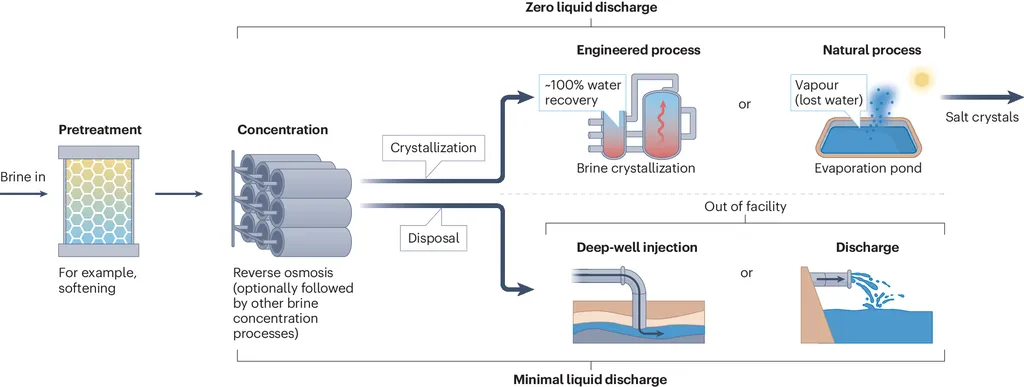In the world of metallurgy, understanding the intricate dance between cooling rates, microstructure, and mechanical properties can lead to significant advancements in material performance and application. A recent study published in *Materials Research* (translated from Portuguese as *Pesquisa em Materiais*) delves into these very relationships, focusing on a brass alloy composed of copper and 30% zinc by weight. The research, led by Rodrigo André Valenzuela Reyes, offers insights that could reshape how we approach the casting and cooling processes in industrial applications, particularly in the energy sector.
Brass alloys are ubiquitous in various industries due to their excellent machinability, corrosion resistance, and mechanical properties. However, the microstructural features that develop during solidification, such as grain size (GS) and dendritic spacing (DS), play a crucial role in determining the final mechanical properties of these alloys. “The relationships between grain size, dendritic spacing, and cooling rates in Cu-Zn alloys have been largely unexplored,” notes Reyes, a researcher at [Lead_author_affiliation]. “This knowledge is fundamental because these microstructural features significantly influence mechanical properties like hardness.”
Reyes and his team employed a combination of advanced techniques, including Scanning Electron Microscopy with Energy Dispersive Spectroscopy (SEM-EDS), optical microscopy, X-ray Diffraction (XRD), and CALPHAD (Calculation of Phase Diagrams) computation, to investigate the solidification behavior of the Cu-30 wt.% Zn alloy. The study involved systematic measurements of average GS and DS on samples solidified under two distinct conditions: unidirectional solidification (US), which provides a slower cooling rate, and centrifugal casting (CC) in copper molds, which offers rapid cooling.
The findings revealed that the cooling rates ranged from 0.60 to 0.95 K/s for US samples and from 15 to 47 K/s for CC samples. These variations in cooling rates were correlated with changes in hardness, providing valuable insights into the microstructural evolution of cast brass alloys. “The ratios between grain size and dendritic spacing have been analyzed and correlated with hardness variations as a function of the solidification rates,” explains Reyes. “This understanding can help optimize the mechanical properties of brass alloys for specific applications.”
The implications of this research are far-reaching, particularly in the energy sector, where brass alloys are used in components such as valves, fittings, and heat exchangers. By optimizing the cooling rates and solidification conditions, manufacturers can enhance the performance and durability of these components, leading to more efficient and reliable energy systems.
Moreover, the study’s findings can pave the way for developing new brass alloys with tailored microstructures and mechanical properties, opening up new possibilities for innovation in various industries. “This research provides a foundation for further exploration into the microstructural evolution and mechanical property optimization of cast brass alloys,” says Reyes. “It offers a roadmap for future developments in the field.”
As the energy sector continues to evolve, the demand for high-performance materials that can withstand harsh operating conditions will only grow. The insights gained from this study could play a crucial role in meeting this demand, ensuring that brass alloys remain a vital component in the energy infrastructure of the future.
In conclusion, the research led by Rodrigo André Valenzuela Reyes represents a significant step forward in our understanding of the relationships between cooling rates, microstructure, and mechanical properties in brass alloys. By shedding light on these complex interactions, the study opens up new avenues for innovation and optimization in the energy sector and beyond. As published in *Materials Research*, this work underscores the importance of fundamental research in driving technological advancements and shaping the future of materials science.

